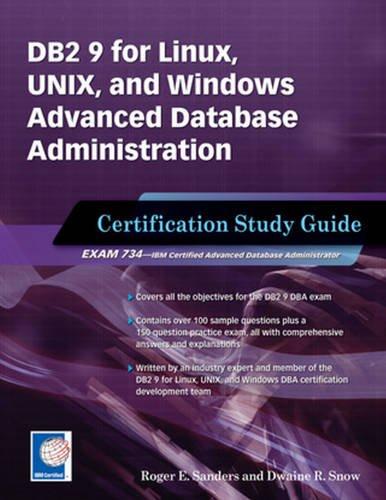Question
IN A SQL Database Model: StayWell Staywell finds and manages accommodation for owners of student accommodation in the Seattle Area. The company rents out and
IN A SQL Database Model: StayWell
Staywell finds and manages accommodation for owners of student accommodation in the Seattle Area. The company rents out and helps to maintain 15-bedroom properties located in two main areas in the city, Columbia City and Georgetown. This is done on behalf of property owners based both in the local area and throughout the United States. Each location is administrated by a different office, StayWell-Columbia City and StayWell-Georgetown.
StayWell wishes to expand its business. The current model relies on advertisements in student and university publications in print and online, but prospective owners and renters need to contact the offices and speak to an administrator on all matters relating to renting of properties. The office organizes maintenance services for a fee, which is also currently done via email or direct communication.
StayWell has decided that the best way to increase efficiency and move toward an e-commerce-based business model is to store all the data about the properties, owners, tenants and services in databases. This will mean that the information can be easily accessed. StayWell hopes that these databases can then be used in future projects such as mobile apps and online booking systems.
The data is split into several tables, shown below:
The OFFICE table shows the office number, office name, address, area, city, state, and ZIP code.
OFFICE table
StayWell stores information about the owners of each property in the OWNER table. Each owner is identified by a unique owner number that consists of two uppercase letters followed by a three-digit number. For each owner, the table also includes the last name, first name, address, city, state, and ZIP code. Notice the owners are from across the United States. Although some apartments may be owned by a couple or a family, only the primary contact is given.
OWNER table
Each property at each location is identified by a property ID, as seen in the PROPERTY table. Each property also includes the office number that manages the property, address, floor size, the number of bedrooms, the number of floors, monthly rent per property, and the owner number. The PROPERTY_ID is an integer unique for each property.
PROPERTY table
The RESIDENTS table includes details about the residents living in each property. The RESIDENTS table includes the first name and surname (last name) for each of the residents, along with a resident ID. The PROPERTY_ID is the unique identification number of the property in which they are staying.
RESIDENTS table
The SERVICE_REQUEST table shows requests that residents have put into the offices for maintenance. Each row contains a unique service ID number, the property ID, the category number associated with the type of work, the office managing the property, a description of the request, the current status of the request, the estimated hours to complete the request, the hours spent on the request, and the scheduled service date.
SERVICE_REQUEST table
The SERVICE_CATEGORY table includes details of these services. The CATEGORY_NUM provides a unique number for the service, and CATEGORY_DESCRIPTION stores a description of what the service is.
SERVICE_CATEGORY table
Question - 4 Parts :
Write PL/SQL or T-SQL procedures to accomplish the following tasks:
1. Obtain the first name and last name of the owner whose number currently is stored in I_OWNER_NUM. Place these values in the variables I_FIRST_NAME and I_LAST_NAME. Output the contents of I_OWNER_NUM, I_FIRST_NAME, and I_LAST_NAME.
2. Obtain the office number, address, owner number, owner first name, and owner last name for the property whose property ID is currently stored in I_PROPERTY_ID. Place these values in the variables I_LOCATION_NUM, I_ADDRESS, I_OWNER_NUM, I_FIRST_NAME, and I_LAST_NAME, respectively. Output the contents of I_PROPERTY_ID, I_ADDRESS, I_OWNER_NUM, I_FIRST_NAME, and I_LAST_NAME.
3.Add a row to the OWNER table.
4. Change the last name of the owner whose number is stored in I_OWNER_NUM to the value currently found in I_LAST_NAME.
Step by Step Solution
There are 3 Steps involved in it
Step: 1

Get Instant Access to Expert-Tailored Solutions
See step-by-step solutions with expert insights and AI powered tools for academic success
Step: 2

Step: 3

Ace Your Homework with AI
Get the answers you need in no time with our AI-driven, step-by-step assistance
Get Started


